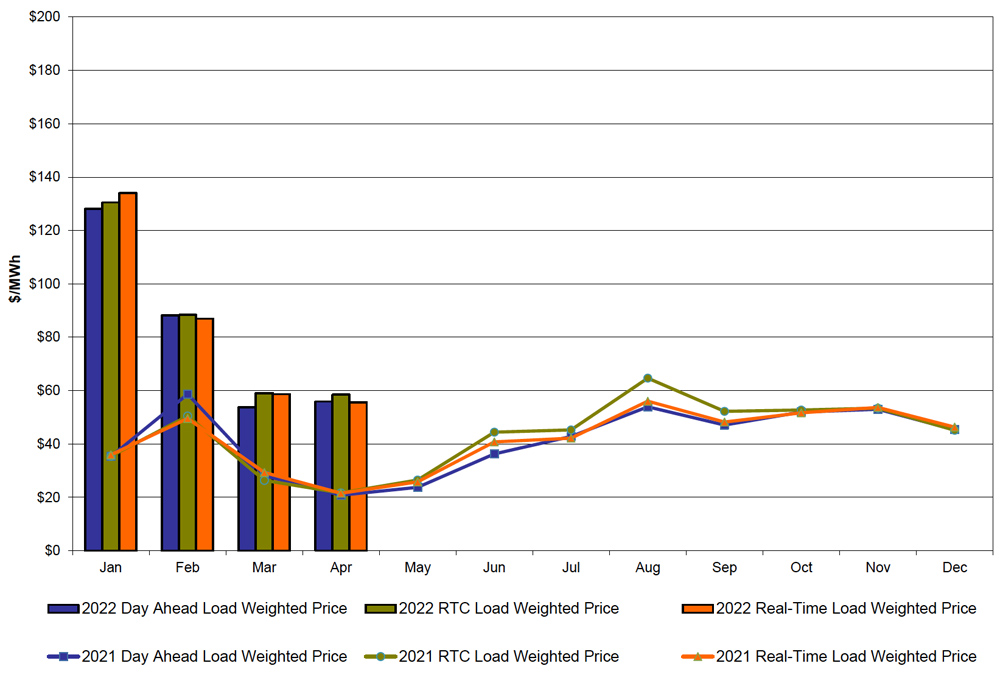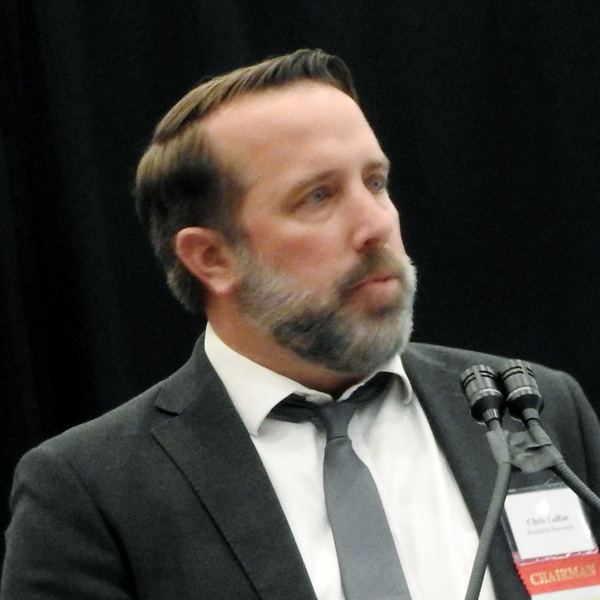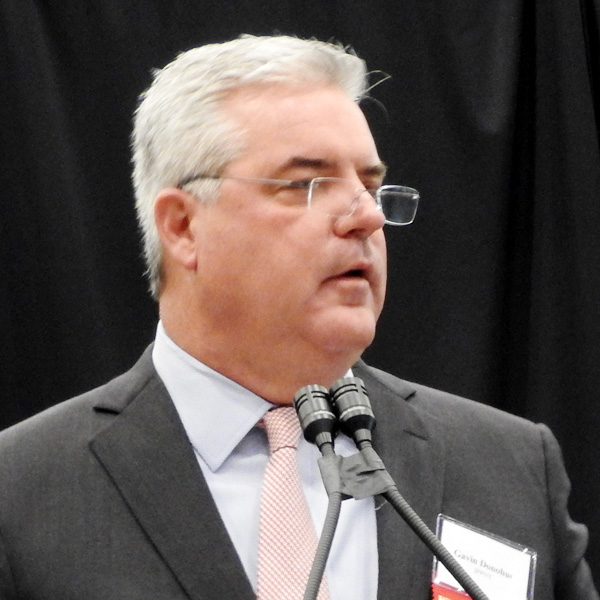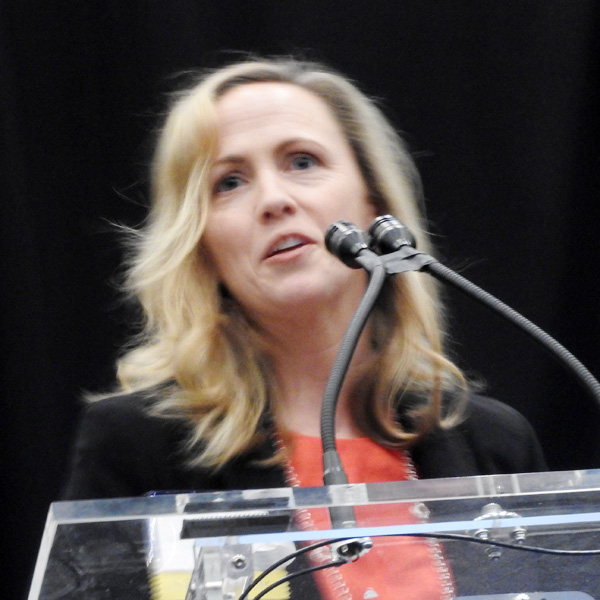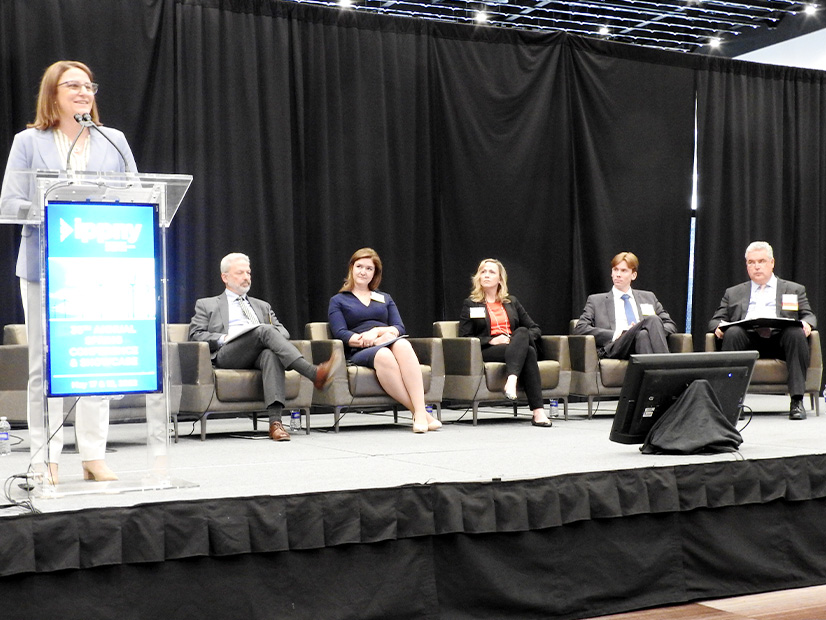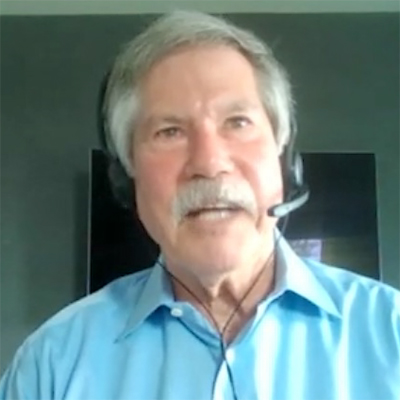New Jersey residential ratepayers that drive electric vehicles, embrace energy-efficiency measures and convert to electric heating could pay hundreds of dollars a year less in energy bills in 2030 than those who don’t, according to preliminary results released Monday from a study on the cost impact of the state’s Energy Master Plan (EMP).
The study showed that the annual energy cost — taking into account natural gas, electricity and gasoline — for a non-low-income customer that fully embraced the conversion to clean energy would be 15% lower in 2030 than a typical customer in 2020, according to a presentation made by The Brattle Group for the New Jersey Board of Public Utilities (BPU) at a hearing Monday.
A typical residential energy customer in 2020 paid about $4,800, which would rise to about $5,600 by 2030 if the customer took no steps to convert to clean energy, Brattle said. But a customer that drove an EV, adopted energy-efficiency measures and heated their home with electricity, rather than gas, would have an annual energy bill of only just over $4,000, according to Brattle’s figures, which were presented in 2020 dollars and not adjusted for inflation.
The figures only include energy costs and do not include the investment needed to convert to clean energy use, such as an EV purchase or installing electric heat pumps. They were also calculated based on the state’s current clean energy course, Brattle said. If the state stepped up its efforts to follow the trajectory outlined in the EMP, the annual costs for customers that don’t embrace efficiency or clean energy measures would be even higher, and the costs even lower for those that do.
Cost of Carbon-free
The presentation offered the first glimpse into the contentious issue of how much Gov. Phil Murphy’s (D) 2019 EMP will cost to implement. Murphy wants the state to cut greenhouse gas emission levels to 80% below 2006 levels and use 100% clean energy by 2050. Opponents, among them business groups, have long complained that Murphy has never told state residents how much the plan will cost. (See Brattle Study of NJ Energy Master Plan Cost Under Scrutiny.)
According to the BPU, the study will look at the gross costs in 2030 of implementing the EMP and potential reductions in energy consumption driven by increased efficiency. It will also focus on shifts toward electricity use for heating and transportation, and changes to electricity and natural gas rates as costs are applied across changing volumes.
Sanem Sergici, a Brattle principal, told the BPU that the figures released at the hearing related only to customers of Atlantic City Electric and South Jersey Gas, but energy costs at the other six utilities in the state have “similar directionality.”
Once completed, the report will include similar cost breakdowns for small and large commercial and industrial customers who are served by the state’s utilities, she said.
The figures released Monday assumed that the state continued to pursue its current policies. A second set, which assumed the state pursues the “EMP Achievement Pathway,” found that the energy costs for a ratepayer that only used energy-efficiency methods would be about $5,600. That would drop to about $4,000 if the ratepayer also drove an EV and adopted an electric heating system, the study said.
Sergici said that the “takeaway” from the figures is that meeting the goals in the EMP would be more expensive, but the benefits are significant.
“So, in other words, yes, EMP will cost more, but only moderately relative to the current policy pathway,” she said.
Sergici also said the preliminary study showed that the state would avoid “substantial” costs by following the plan. The state would avoid 19 million metric tons of carbon emissions on the current path but 25 million metric tons following the path recommended by the EMP. The annual benefit of the current path would be $1.22 billion, while the plan’s trajectory would yield benefits of $1.63 billion, according to calculations using the social cost of carbon method, Brattle said.
Affordable Energy
Environmental groups welcomed the presentation, seeing it as a vindication of their argument that shifting to clean energy, while expensive, can show savings in the long run.
“The preliminary results show what many advocates have already suspected and known from other studies,” said Eric Miller, energy policy director for the Natural Resources Defense Council. That is, he said, that “electrified customers that are able to leverage cold climate heat pumps, energy efficiency and electric vehicles will be far better off in the future than customers who are stuck using dirty and expensive energy.”
“Based on what we’ve seen so far, given the broad benefits of energy efficiency, electrification and electric vehicles, this isn’t a challenge but an opportunity to design and implement nation-leading programs to make sure that all New Jersey residents can share in a clean energy future,” including low- and moderate-income, commercial, industrial and residential customers.
Tom Gilbert, co-executive director of New Jersey Conservation Foundation, said the preliminary results should help “put to rest the false narrative and deliberate misinformation campaign that we can’t afford to transition away from fossil fuels to clean energy.”
“This analysis shows that we can meet our clean energy goals in a way that is not only affordable but actually results in cost savings to consumers through the avoided costs of increasingly volatile fossil fuels, as consumers switch to electric vehicles and appliances,” he said.
Benefits Without the Costs
But several speakers, from both the business and environmental sectors, said the study is too narrowly focused and won’t give a full picture of the impact of the state’s transition of clean energy.
Paul Patterson, a utilities analyst with financial consultancy Glenrock Associates, said the study should include the amount that would have to be spent on converting to clean energy.
“It doesn’t sound like it’s really a cost-benefit analysis,” he said. “It’s important, I think, to really have a better picture as to what the … capital costs [would be]. Without knowing that, I think it’s sort of difficult to really assess what the impact would be.”
Other speakers from the environmental sector argued that the study will not give a true picture of the impact of the state’s shift to clean energy because Brattle will not look at the cost of doing nothing, such as for health care from increased emissions or for damage from severe weather events.
Allison McLeod, policy director for the New Jersey League of Conservation Voters, welcomed the prediction of savings but said she was discouraged that the study would focus largely on the ratepayer impact and that “the details of climate and public health costs are beyond the scope of this study.”
“As part of this conversation, we continue to strongly urge you to consider the costs of inaction,” she said. “Some of the ratepayer savings outlined today are encouraging, but the economic damage that we’d be looking at — including health care, agriculture, infrastructure, including utility infrastructure, which would need to be rebuilt at cost when damaged — will also impact our ratepayers.”
